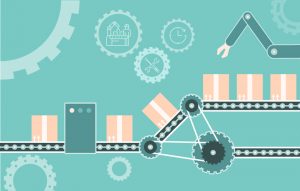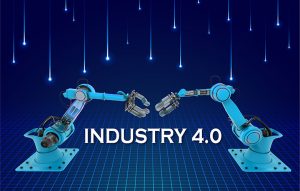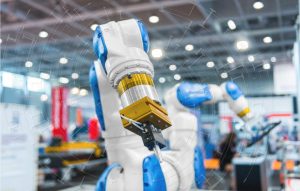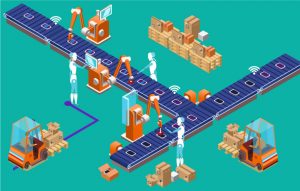Connecting machines and making manufacturing processes smart is a topic that is top of mind in businesses everywhere. McKinsey Global Institute recently reported that in the last 5 years, the number of connected machines has grown by 300% which shows how fast IoT is being implemented. Most companies want to attain energy efficiency and optimize production processes with IoT; however, buying new industrial machines every few years to keep up with the latest technology is not feasible. In industries like manufacturing, oil and gas, chemical, etc., 20-30 year-old equipment is not uncommon at all. The hot question is, how to make these ancient motors, valves, pumps, switches and myriad other components IoT-enabled in IoT’s shiny new world? IoT and the groundswell movement to make factories smart leads to two major concerns –
1) Cost of investing in smart equipment and machines
2) Changes in the existing processes
The Internet of Things and a connected world is definitely fascinating but there are some serious points that manufacturers should take into consideration because it is difficult to deploy IoT-based solutions alongside legacy equipment. The major reason is that the old equipment and machinery were neither designed to support data-driven tools nor have a range of connectivity options. Cyber security is another big consideration when it comes to connecting machines to the IoT ecosystem. Thus, you need an IoT consultant to help you strategically move to the latest technical solutions and make your tantalizing vision a reality wherein robotic arms and production lines never break down and production goals are never missed. So let’s see some important considerations for adopting IoT with legacy equipment.
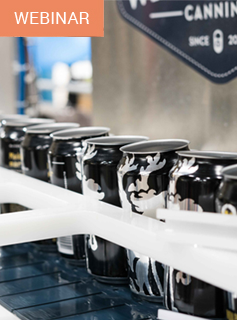
How Industry 4.0 is a game changer for factory owners
Webinar agenda
- How Industry 4.0 is a game changer
- The role of IoT and data analytics in the manufacturing industry
- IT/OT Convergence: Why it’s important for IoT adoption
- Current market trends and value
- Smart factory: The evolution not revolution
- Demo and review of smart production line monitoring
- Q&A session
Here’s how you should go about making your factory IoT-enabled
Which assets are most critical on your production floor?
Not all machines play an important role in the manufacturing process. You need to identify important machines that can largely affect your production goals if they are not working even for a little amount of time. How one determines critical assets will vary from one business to another.
Can you retrofit older equipment with sensors?
Equipment retrofitted with sensors can help floor supervisors to gain important information like the speed of the production process (for example, units per hour), power consumption, the level of vibration, moisture and temperature, etc. and detect early signs of mechanical problems to avoid downtime. Every day, the cost of sensors is declining and new kinds of sensors are developed to serve different purposes. You will find both wireless and wired sensors in the market, but in the end, it depends on your requirements and the type of infrastructure. Here is the list of 10 must-have sensors for creating a smart factory you might want to check out.
What are the best practices to acquire data from old equipment?
Ideally, you should be moving towards wireless connectivity from physical connectivity. Companies like Intel, Cisco and IBM are early exponents of edge computing who achieve this by positioning their gateways as edge devices, which allow you to reliably and securely make connections between machines. Below are the high level processes that are part of gathering data from sensors and then analyzing it.
- Data from PLC
- Data from storage
- Data from external sensors
- Connectivity – Ethernet/Wi-Fi/4G/LTE/ZigBee/BLE/etc.
- Data warehousing strategy
- ETL
What kind of information can add value to your business?
Not all data that you gather will be useful or serve your purpose. For example, if you want to predict equipment behavior, then you will need to correlate data that accurately monitors equipment behavior out of all the data gathered. From all the potential data sources, only few data sources will be giving you the relevant information. Today, sophisticated machine learning algorithms are available that can help you identify data sources to describe, monitor, and predict equipment behavior. Therefore, you need to identify relevant data sources first so that you can later take effective decisions based on the data.
So, you are certainly not required to invest in new equipment
Machine age is definitely not a deterrent since there are many other situations and aspects unique to your organization that play a vital role in implementing IoT. In many cases, legacy equipment in the plant does not have any connectivity option. Some of them could be hydraulic systems, not electric, and you will not find an Ethernet port in controllers such as older PLCs. In such cases, you can use an edge node or a converter to connect an older PLC to the Internet. There can be many other ways to give existing equipment new connectivity options so that they can communicate with gateways and change the way you collect, interpret and use the data.
If you are having legacy assets and are not sure how to implement IoT, then feel free to contact us.




